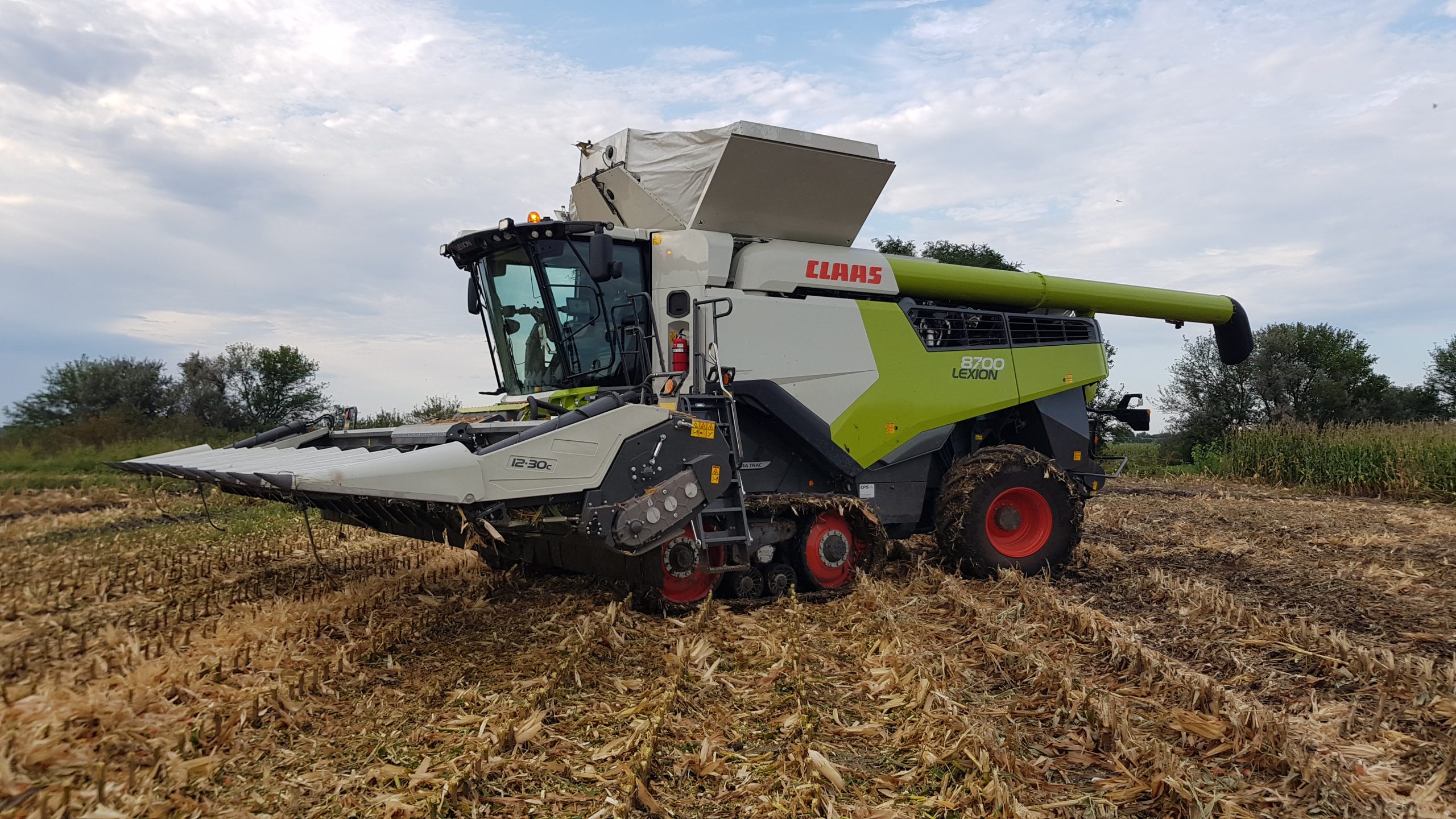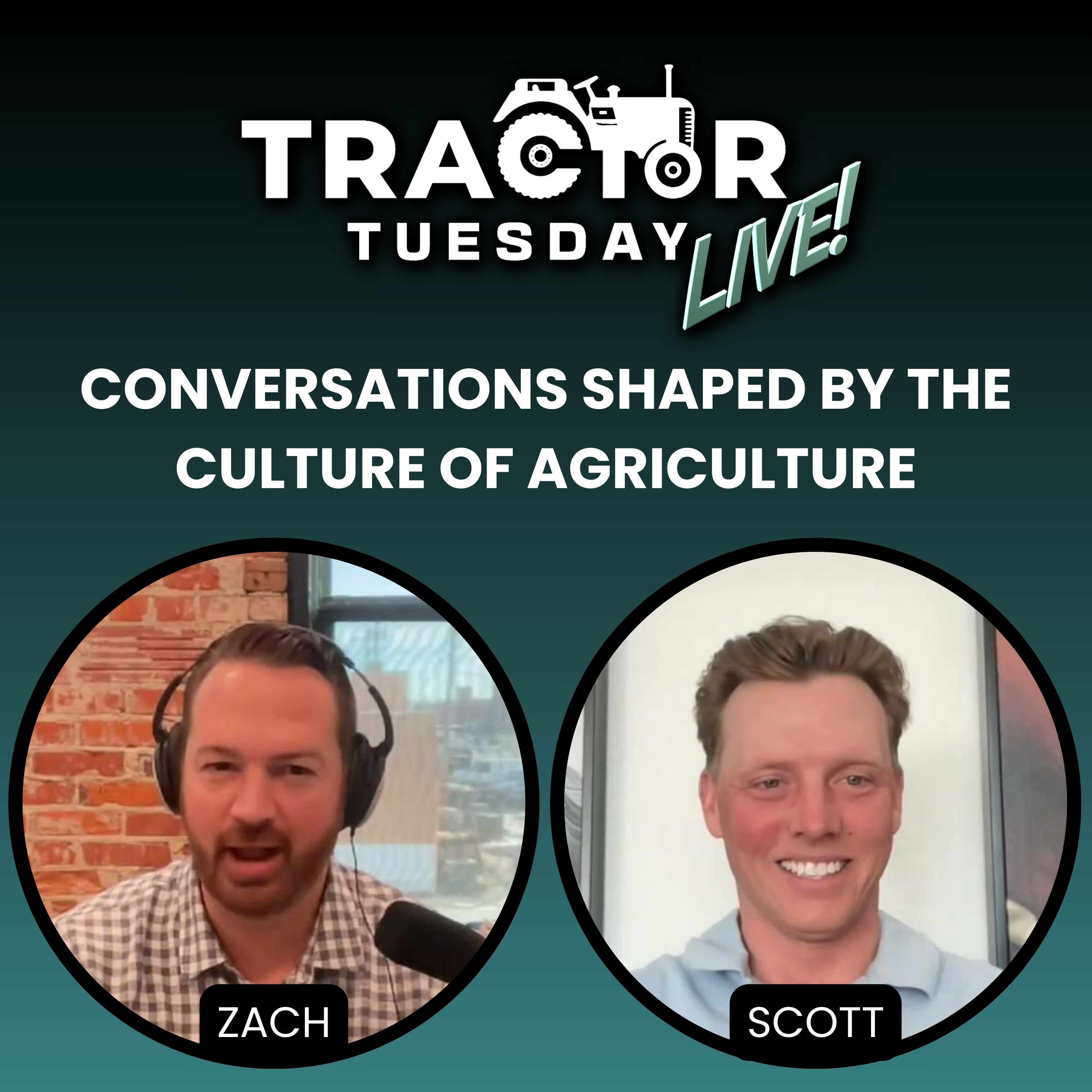CLAAS recently broke ground on a brand‑new $10 million, two‑story research and development center right next to its existing Sarpy County campus in Omaha, Nebraska. Covering about 44,800 square feet, which is more than 25 percent larger than its current temporary facility, this center will be the main hub for all North American R&D and testing, including advanced instrumentation, logistics, and even an internal heated wash bay. Completion is expected by fall 2026.
CLAAS’s Omaha campus already serves as its North American headquarters and includes a 162,000 sq ft manufacturing plant, a Training Academy, and more than 250 local employees. Since the plant opened in 2001, it has produced over 10,000 combines. About 40 percent of the components used in those LEXION combines are made right here in the U.S.
CLAAS says it is “fully dedicated to building ag equipment that enables North American farmers to be the best in their fields – and that includes the corn and soybean fields of the Midwestern U.S., the wheat and canola fields of the northern plains and western Canada, the rice fields in the Mississippi River Delta and beyond.”
What CLAAS Is Best Known For
Originally rooted in Germany, CLAAS has built its reputation as a harvest specialist. It is particularly famous for its LEXION combine harvesters, offered in a variety of sizes. The LEXION line has been in production since 1995 and is now into its fourth generation. CLAAS also produces self‑propelled forage harvesters, mowers, tedders, swathers, loader wagons, balers, and forage machinery, making it a broader harvesting machinery specialist, not just a combine maker.
In addition, CLAAS brings serious innovation to the table. The company controls roughly 7 percent of the global agricultural machinery market, particularly shining in the harvesting segment. It holds more than 5,000 patents in areas such as telematics, automation, and IoT for harvesting operations. It also is Europe’s market leader in combine harvesters, known globally for its self‑propelled forage harvesters.
Healthy Competition Means Choice and Innovation
When most people think ag machinery, they often think in terms of red and green. While Case IH and John Deere are undeniably dominant in the American market, competition from companies like CLAAS adds real value for farmers. CLAAS brings fresh choices and pushes all players to up their game. Whether it’s CLAAS’s LEXION combines, its JAGUAR forage harvesters (the latter are among the most common silage harvesters worldwide and held 41 percent of the UK market in the mid‑2000s), or cutting-edge R&D facilities, such rivalry drives new features, better integration, and improved support.
Farmers benefit when manufacturers compete. New models, smarter features like predictive maintenance, yield mapping, precision harvesting, and more resilient machines all stem from that pressure.
CLAAS’s North American Strategy
CLAAS is not just selling equipment here. It is embedding itself in U.S. agriculture through investments like the new Omaha R&D center. By localizing testing and engineering, CLAAS can tailor its machines to North American crops, soil types, and climates. That commitment signals a long-term play: designing and refining equipment that resonates with American growers’ real needs – corn and soybeans in the Midwest, wheat and canola in the Northern Plains, rice in the Delta.
That strategy not only demonstrates respect for American agriculture but raises the bar for technology adoption across the board.



Leave a Reply